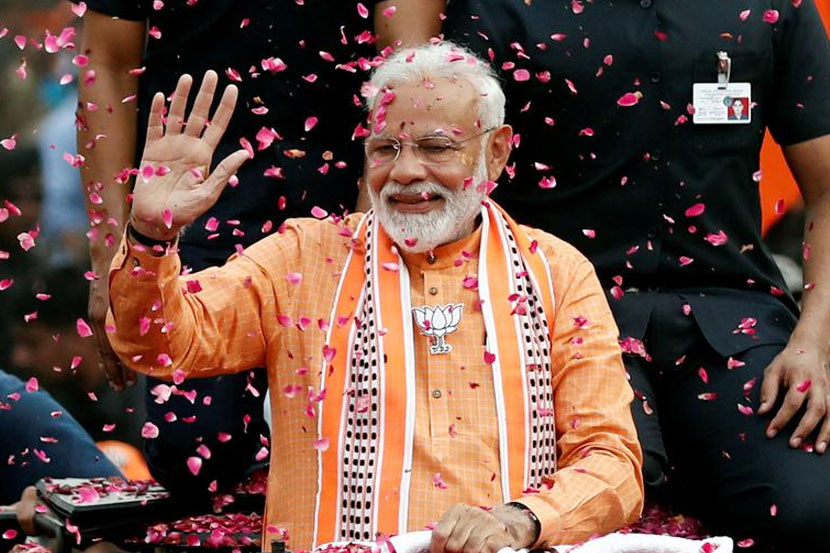
You win by working hard, making tough decisions, and building coalitions.
John Engler
The coalition politics is not a new concept in India and its existence has always and continues to trigger the tons of political parties and individuals, debating about the pros and cons of a fragmented government over a single-party government vice- versa. While this prolonged discussion continues, people still fail and continue to have a mixed appeal to whether a coalition government can drench into the system of democracy, or whether it can bring a movement and stability that an ideal government should thrive for. With the still existence of the battle for an ideal government, it would be appropriate to say that India, indeed has witnessed its fair share of experiences of both alliance government as well as a single-party rule.
Introduction
Coalition politics is a system as well as a common point for numerous political parties not only in India but also in various reputed democracies abroad, who wish to establish their rule with a smaller number of seats, coming together to form their government, getting their share of power. While many parties opt for pre-election analysis, a majority still aim at looking for post-election analysis. Though the latter may seem to be a preferable pick, the former outweighs the latter as it helps in saving the people and itself from a lot of confusion and wastage of funds by focusing on joint manifesto from the very start. As coalition was a quite welcomed and famous concept in the world, India witnessed the first-ever coalition and its traces in the 1960s, with the newly established democratic system and government juggling and struggling with a bunch of quite serious problems ranging from the harsh and cruel wars with China to the never-ending poverty and food shortages, with the country still mourning over the loss of Lal Bahadur Shastri Ji and Jawahar Lal Nehru, indicating the weakness and the turbulence which the congress was experiencing. It provided quite an interesting plot to the numerous socialist communists who were hunting for power and their status, hunting the possibility of a first-ever coalition in India.
Challenges in the 60s
While it was quite evident that it was time for the Congress party to negotiate to establish its rule again, the first-ever coalition didn’t come handy, it brought quite a large number of uncertainties not only to the parties contesting for power but also for the future of young independent India. With the wars of weapons and economy still on, interstate disputes also got momentum as the people continued to challenge the mighty congress, which led to the formulation of plenty of state and regional parties, who were ready to shed blood and resources and empower their states, undermining the concept of unity in diversity. As the congress government lost its 8 states in 1967’s election, India moved one step towards the maturation of democracy, along with the unprecedented problems which were yet to come, leading to an era of a tumultuous period in India’s political system.
Coalition: An Opportunity or a Threat?
As India continued to view a shift in powers with many coalitions, it became quite prevalent and obvious that the coalition was here to stay. Though its existence is highly dependent on the mindset and votes of people, it is quite important to analyze the pros and cons of a coalition government also known as fragmented government. Though a coalition government will imply the participation of various parties which in turn will lead to varying ideologies and opinions, leading to much more democratic decisions.
Similarly, these democratic decisions might incline towards becoming a disastrous decision with too many cooks spoiling the broth, providing a multitude of decisions with no proper implementation, thus knocking down the entire purpose of forming a coalition government and that is to form a people’s government. Adding to it, it might also prevent the formulation of required policies with the parties leaning towards its political survival, ignoring the welfare of the nation, but not to forget coalition is not as bad as it sounds, though the problems it causes is quite heavy, we need to appreciate to as these diverse regional parties very well portray the actual hardships that people of their states suffer, thus forcing the government to go for a balanced manifesto rather than focusing on issues that will fill their pockets with black diamonds.
Conclusion
Though a fragmented government might be the only hope for India and all other democratic countries to stick by its core principles, it seems that the Indian democracy is enjoying the rule and services of a single-party system as it’s been long that a coalition government has existed at the central level, with the current ruling party; BJP enjoying its authority and serving the country.

While it’s all in the hand of people as to how they would like to mould the country’s authority by voting rationally, the thing to note is that as long as the public gets the right decision from its government, the decisions and policies will always be appreciated. The entire analysis of the coalition rule or the single-party rule comes to a point where nothing matters except for the trust and competencies of the party/parties forming the government. As single party rule continues to celebrate its triumphs and free control at the moment, there’s no doubt that the coalition governments formed till now too had an indelible impact on how the democracy has evolved in the country, making fragmented government a part of the system, until this flow was finally broken by the Modi government, adding a new twist in the growth of democracy.